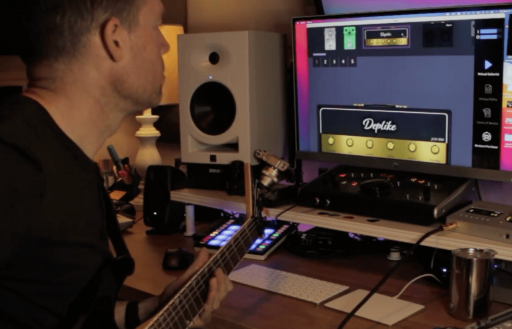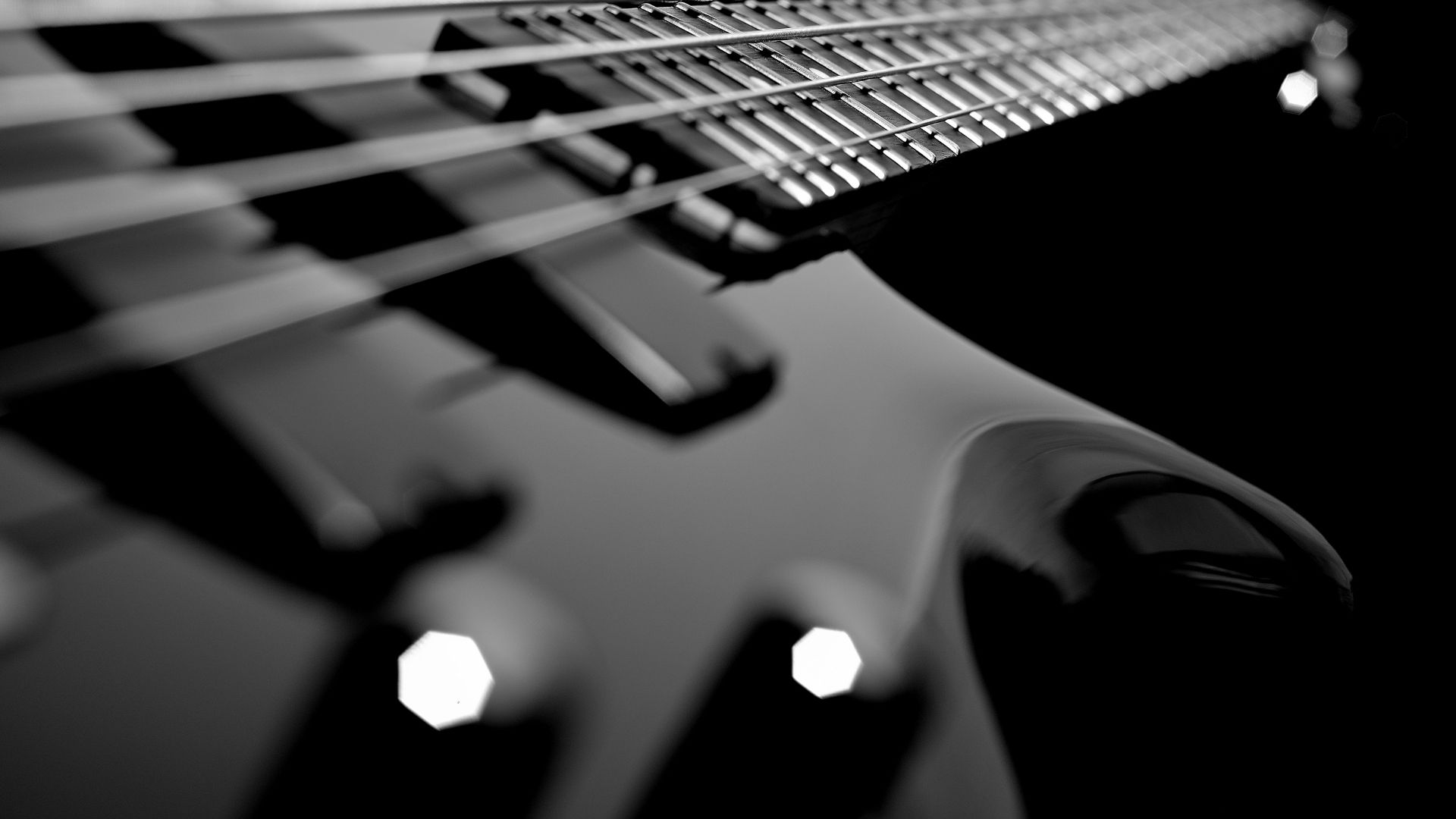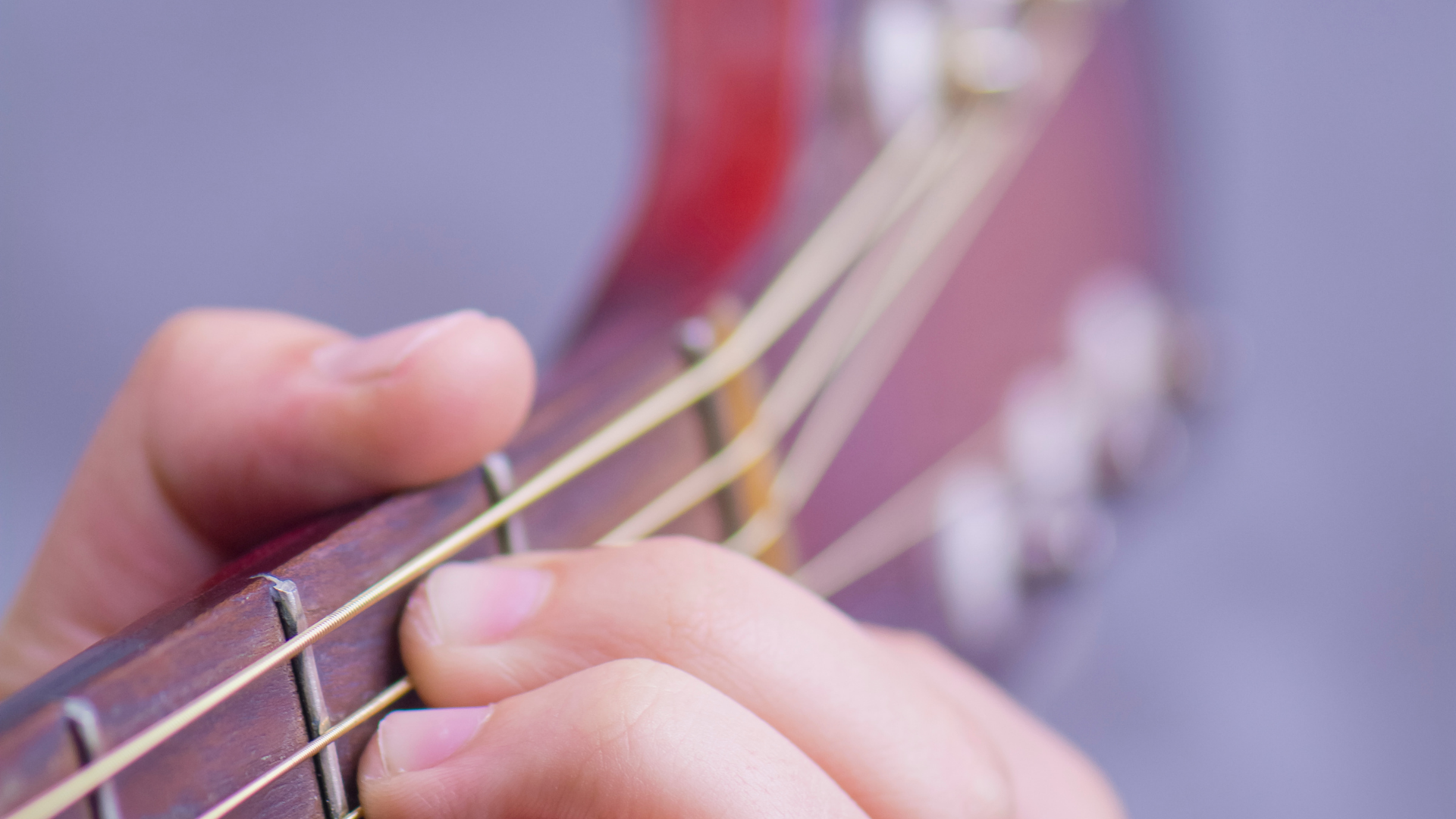Tips About Legato Guitar Technique
One of the most essential skills that a serious guitarist should have is the ability to play legato. This allows them to add interest and fluidity to their playing.
In legato, we talk about various techniques used to change notes in a more expressive manner. Some of these include pull-offs, slides, and hammer-ons. If you’re not familiar with these techniques, it’s probably best to check them out now. However, these tips are not intended to replace the original techniques but rather to help improve them.
Although legato techniques are commonly used within a guitar solo or lead guitar part, they can also be used more expressively in certain styles. Legato can be cumbersome and used deliberately to create a unique sound. The sound is often not as flowing as in lead guitar styles such as blues and rock.
Regardless of how much they practice, every professional guitarist has the necessary legato techniques in their arsenal. These are essential components of playing smoothly, and they should be practiced consistently to ensure that you sound professional.
We need to remember briefly: What is Legato?
When you first start playing lead guitar, you will likely hear the term legato a lot. In musical terms, it means to play the notes in a smooth manner without leaving any space between them. The other term, staccato, is used to describe a playing style where the notes are played abruptly and with a flowing sound. Legato is similar to this in that it allows the music to flow smoothly.
At the beginning of learning legato, we should talk about hammer-ons. A hammer-on technique allows guitarists to go from one high note to another without picking a new one. It’s commonly used to play the first note with a pick. The second note will then be played with the same technique.
If you want to go from a high note to a lower one, then you will need to use a pull-off. Contrary to popular belief, this is not just the opposite of hammer-on, and it requires a lot of practice. Doing so will not produce any sound, and it will also make the strings very quiet. One of the most important things to remember when it comes to pulling off strings is to make sure that you have the right finger on the strings.
How To Learn Legato
To learn legato, start by placing your thumb on the 10th string of the high E string. After a quick hammer-on, go back to the 12th and 13th strings. If you can move fast enough, you can reverse the order by playing all of these notes with one pluck.
The goal of legato is to keep the music flowing smoothly by playing a variety of pull-offs and hammer-ons. The second step is picking a note, and this can stop the flow of the song. This is an incredibly easy concept, but it is not as easy as it seems.
The legato playing style that Eddie Van Halen used in his 1980s solo performances was instrumental in making his songs so great. The best guitarists will always rely on this technique to create a clean sound between their notes. If you spend a lot of time practicing this style, you will be able to achieve a smooth and fast-flowing sound.
Notable Legato Guitarist
The best-known legato players during the 20th century were those who emerged during the period when the guitar was the main focus of bands. Allan Holdsworth is one of these individuals.
Joe Satriani’s Flying in a Blue Dream and Steve Vai’s Tender Surrender are both examples of how he was able to develop a unique style of playing using legato. Both of them were influenced by the style of John Coltrane. They all wanted to copy the same style of playing using the scales used by John.
On the Centrifugal Funk album, a who’s who of legato guitarists show up. The techniques they use allow them to create unique and odd time signatures. Many of them are involved in various forms of music, such as jazz, metal, and fusion. Legato is also great for creativity as it allows players to explore their own unique styles.
Common Legato Mistakes Guitarists Make
Before I start explaining the tips, I want to take a look at some of the common technical issues that people encounter when they first try this. One of the most common issues that people encounter when it comes to playing legato is the lack of endurance and strength. This is because playing this for a long period of time requires a lot of strength and endurance.
Developing this technique over time will help you improve and eventually get rid of these issues. Legato playing can also be very rough on your fingers, so it is important to practice it regularly. There is nothing that you can do to fix this, just keep improving, and it will eventually get better.
When it comes to playing legato, I always recommend using a clean amp setting. This will help minimize your mistakes and make it easier for you to determine if your dynamics are even or not. Clean sounds can also provide you with a clearer view of how you play. Setting the distortion to check that you’re not creating too much noise will also help minimize your mistakes. It can also help prevent strings from getting too ringed out. However, keep in mind that muting techniques can also affect the way strings ring out.
You should start slowly and gradually increase the speed at which you practice. However, your main concern should always be the accuracy of your fingers. Over time, the strength in these fingers will improve, and this will allow you to play fast. Focusing on improving these skills will allow you to get the most out of them, and eventually, it will come easier. Some people tend to have weaker fingers, so it’s important to focus on developing these.
Exercise and Practice Tips for Legato Guitar Technique
Practice Tip #1: Using the Pick to Articulate the String More Frequently
Before you start practicing, do this warm-up to make sure that you are getting the most out of your guitar. It will help you feel better and sound cleaner. Using the pick more often helps to articulate the string and set a tone for the notes that follow. This helps in developing a set of notes that are capable of making a sound. After you have established the benchmark, start to pick the strings less. This will help you improve the power of your legato guitar. One of the most critical factors that you can consider when it comes to improving the playing of your legato is having the ability to move your fingers independently of each other.
Practice Tip #2: Trying Scales in Different Ways
You can also do scale playing in various legato ways. For instance, you can take a scale and play it through, while at the same time, you don’t pick every note using an economy or alternate picking technique. Instead, you just hammer on the strings until they reach the top of the scale. Then, on the way back down, pull-offs will replace hammer-ons. This is especially good for scales that have three notes per string. Since there are no hammer-ons, you can play through each note with a string of legato notes. It’s also fun to slide between the notes on a scale, as it allows you to improve your technique. Another advantage of legato scale exercises is that they can help you nail down your scales even better.
Practice Tip #3: Pay No Attention
One of the most important factors contributing to good legato technique is muscle memory. When you practice legato, you need to repeat the actions of hammering-on, pulling-off, and sliding hundreds of times in order to develop the same technique in your hands. This is why I highly recommend practicing in front of a TV or laptop, as it allows you to practice without focusing on the guitar. After an hour, you’ll be able to build up your hand strength and memory.
Practice Tip #4: Speed Up and Slow Down
One of the most important things that you should consider when developing your legato is to practice it at different speeds. While fast legato can be very effective, it requires a lot of work to get it down and develop into something that’s powerful and dramatic. Slow legato allows you to build strength and technique without relying on many notes being blurred. While speed is important when it comes to developing legato, it’s also essential to consider the strength and accuracy of the move when it comes to building it. If you can consistently hammer on and pull off with a clear and powerful legato, the bulk of the work will be done.
Practice Tip #5: Practice Finger Exercises
Although hand and finger exercises are typically recommended for guitarists, guitarists often never actually perform them. These are very important now that you’re dealing with legato, as they can help prevent injuries while you’re practicing. Whether it’s a warm-up or a finger-stretching exercise, these are all very important to ensure that you don’t get injured while you’re working on improving your legato technique.
Practice Tip #6: Exercise with It Both Ways
For this exercise, try to apply a lot of legato to something that doesn’t have any legato. This exercise is fun and will allow you to create a free, creative and adaptable legato playing style. You can only use your legato for anything that you can think of, and it’s important to make sure that it doesn’t just fit on a pre-existing part. On the other hand, if you’re trying to remove legato from something that’s usually full of it, make sure that you note how it affects the music and how it changes the technique. This exercise will allow you to get a better understanding of how legato works and how can you use it creatively.
Practice Tip #7: Increase the Difficulty of Your Legato Guitar Licks’ Level
Make legato guitar playing more difficult for any lick by:
Repeating the difficult section of the lick twice.
The unplugged practice of the lick.
Moving the lick to the lower fretboard, where the frets are closer together.
While it’s vital to practice legato guitar techniques with an electric guitar, avoid overdoing it by not having an amplifier. Doing so can make mistakes easier to notice. Learn how to play with distortion to get the most out of your legato guitar technique. This will allow you to control the noise coming from your open-string instruments. At first, try to practice both distortion and clean settings for half of your legato guitar practice sessions. As your technique improves, you’ll spend less time doing so and more time practicing with the instruments.
Practice Tip #8: Practice Legato Guitar Trills With Finger Pairs That Are Most Independent Of One Another
While some finger strength gadgets can help strengthen one’s legato, they do not help one’s finger strength. Trills are also helpful in controlling excess tension in one’s fingers. They help one maintain a more independent finger. For optimal finger strength, start by practicing trills with pairs of fingers for around 5-10 minutes a day.
Conclusion
One of the most important factors that you can consider when it comes to improving your legato technique is practicing. There are no shortcuts when it comes to learning the technique, and it’s important to start slow and make sure that you fix any mistakes you make in the beginning. Legato is a skill that many guitarists use, and it will not come easy. This tutorial will help guitarists learn how to use legato and how it can benefit them as a guitarist. I hope it has inspired you to practice and improve your legato technique. After reading this, I hope that you will also be able to create a more effective and creative legato playing style.
Now, how to get the guitar tone you want?
Advancing your way throughout the guitar journey is a wholistic process which includes two main pillars: 1. Improving your playing skills; 2. Tweaking the guitar effects and amps to shape your guitar sound.
We all have a guitarist idol that we dig the sound of, right?
Getting the guitar sound of your favorite guitarists/band can be very costly and frustrating. It can require years of expertise to achieve your desired guitar tone.
Don’t worry, you don’t actually have to spend that much money and effort to get any guitar tone you want. Deplike Guitar FX Amp Sim suite plug-in got you covered on all Windows, macOS, iOS and Android devices. All you have to do is plug your guitar and play!




